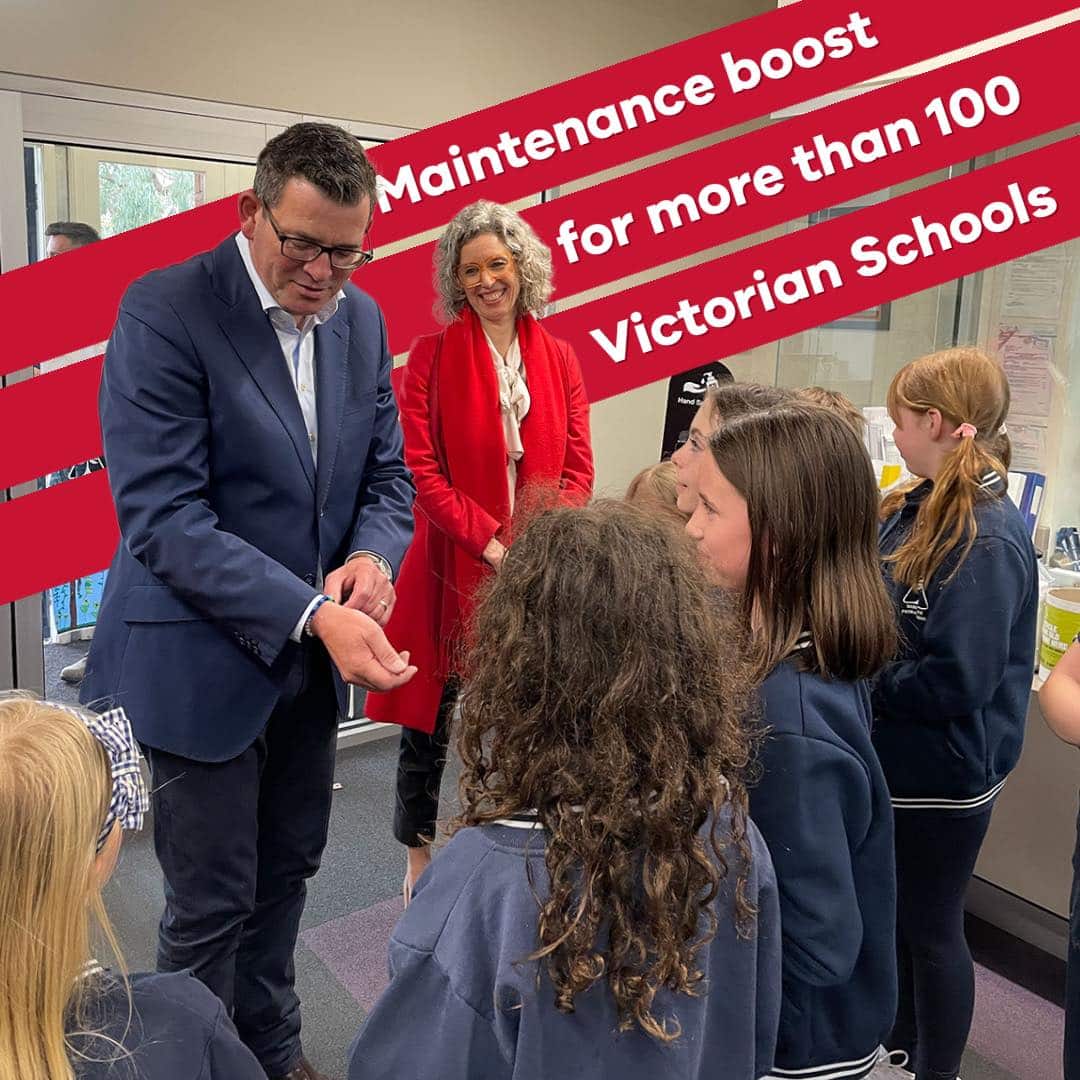The Andrews Labor Government is delivering better schools across the state, with a maintenance blitz to improve facilities for primary and secondary students at more than 100 Victorian schools.
Minister for Education Natalie Hutchins today announced 103 schools would share in $7.8 million of Term 1 Planned Maintenance Program funding to undertake a total of 202 maintenance projects.
The Planned Maintenance Program provides funding for high-priority maintenance across Victoria’s government school network.
It ensures schools can undertake essential work to classrooms and other school buildings and fixtures, including fixing roofs and replacing windows, resurfacing floors and painting, as well as external landscaping works like improving pathways and lighting.
A specialised evaluation process ensures maintenance support goes where it is needed, when it is needed.
Some $2.3 million will go towards maintenance of Shelter-in-Place buildings at 17 schools. These buildings serve as a temporary shelter for staff and students during a bushfire, or as a shelter of last resort.
In 2022, the Planned Maintenance Program provided $34.7 million to 331 schools, helping ensure buildings at Victoria’s 1,500 state schools are safe, modern and properly maintained.
In the past eight years, the Labor Government has invested $12.8 billion in building new schools and more than 1,850 school upgrades, creating around 17,400 jobs in construction and associated industries.
The Government is ahead of schedule in its commitment to open 100 new schools by 2026, with 75 new schools opening between 2019 and 2024.
The Andrews Labor Government is building the Education State so every student can access a great local school and a quality education no matter where they live.
“From a fresh coat of paint in classrooms to ensuring crucial emergency shelters are in good condition, this latest maintenance blitz will ensure all Victorian students have safe and modern learning spaces.”
“Our record investment in school infrastructure is delivering high quality classrooms for our hard-working principals, teachers and staff, while delivering better learning experiences for the students that rely on them.”
